Filter by
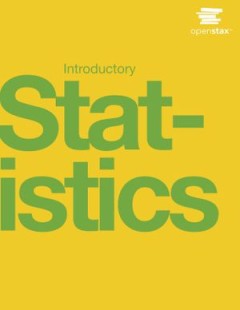
Introductory Statistics
Introductory Statistics follows scope and sequence requirements of a one-semester introduction to statistics course and is geared toward students majoring in fields other than math or engineering. The text assumes some knowledge of intermediate algebra and focuses on statistics application over theory. Introductory Statistics includes innovative practical applications that make the text relevan…
- Edition
- -
- ISBN/ISSN
- -
- Collation
- -
- Series Title
- -
- Call Number
- 500
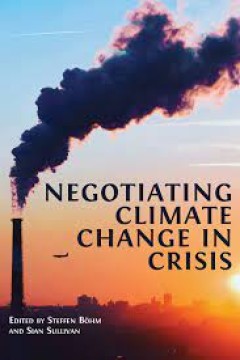
Negotiating Climate Change in Crisis
Climate change negotiations have failed the world. Despite more than thirty years of high-level, global talks on climate change, we are still seeing carbon emissions rise dramatically. This edited volume, comprising leading and emerging scholars and climate activists from around the world, takes a critical look at what has gone wrong and what is to be done to create more decisive action.
- Edition
- -
- ISBN/ISSN
- -
- Collation
- -
- Series Title
- -
- Call Number
- 551
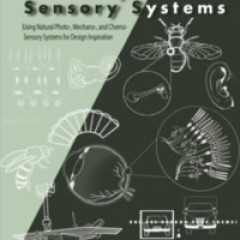
Bio-Inspired Sensory Systems
Using natural sensory system concepts to develop and improve sensory systems will continue to thrive for many years to come. Technology advances rapidly (Moore’s Law) as does our understanding of biological principles and designs. These trends fuel the fertile grounds of bio-inspired sensory systems, a topic that is inherently multidisciplinary. This book will serve well as either an academic…
- Edition
- -
- ISBN/ISSN
- -
- Collation
- -
- Series Title
- -
- Call Number
- 500

Elementary Algebra
Elementary Algebra is licensed under a Creative Commons Attribution 4.0 International (CC BY) license, which means that you can distribute, remix, and build upon the content, as long as you provide attribution to OpenStax and its content contributors. Because our books are openly licensed, you are free to use the entire book or pick and choose the sections that are most relevant to the needs o…
- Edition
- -
- ISBN/ISSN
- -
- Collation
- -
- Series Title
- -
- Call Number
- 512

Precalculus
Precalculus is adaptable and designed to fit the needs of a variety of precalculus courses. It is a comprehensive text that covers more ground than a typical one- or two-semester college-level precalculus course. The content is organized by clearly-defined learning objectives and includes worked examples that demonstrate problem-solving approaches in an accessible way.
- Edition
- -
- ISBN/ISSN
- -
- Collation
- -
- Series Title
- -
- Call Number
- 515 ABR p

Mathematical Analysis. Volume I
This text is an outgrowth of lectures given at the University of Windsor, Canada. One of our main objectives is updating the undergraduate analysis as a rigorous postcalculus course. While such excellent books as Dieudonn´e’s Foundations of Modern Analysis are addressed mainly to graduate students, we try to simplify the modern Bourbaki approach to make it accessible to sufficiently advanced…
- Edition
- -
- ISBN/ISSN
- -
- Collation
- -
- Series Title
- -
- Call Number
- 515 ZAK s
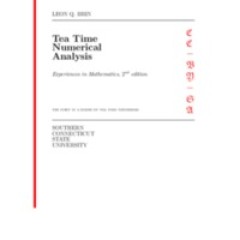
Tea Time Numerical Analysis
Numerical methods are designed to approximate one thing or another. Sometimes roots, sometimes derivatives or definite integrals, or curves, or solutions of differential equations. As numerical methods produce only approximations to these things, it is important to have some idea how accurate they are. Sometimes accuracy comes down to careful algebraic analysis—sometimes careful analysis of t…
- Edition
- -
- ISBN/ISSN
- -
- Collation
- -
- Series Title
- -
- Call Number
- 515 BRIN t
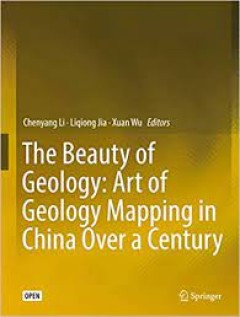
The Beauty of Geology: Art of Geology Mapping in China Over a Century
This open access book contains a collection of rare geologic maps and figures made by Chinese geologists in the last century. Preserved in National Geological Archives of China, these artworks demonstrate the development and innovation of geological mapping technology in China in the past 100 years. The collections are highly scientific and artistic, with most of the hand-drawn maps featured wi…
- Edition
- -
- ISBN/ISSN
- -
- Collation
- -
- Series Title
- -
- Call Number
- 551
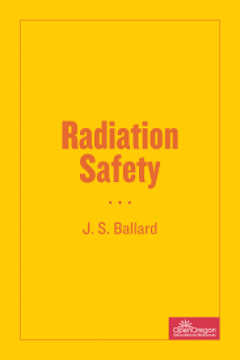
Radiation Safety
The purpose of this OER is to provide students with a comprehensive textbook aligned with the NDT 130 (Radiographic Testing) course as taught at Linn-Benton Community College.
- Edition
- -
- ISBN/ISSN
- -
- Collation
- -
- Series Title
- -
- Call Number
- 539

A First Course in Linear Algebra
In this book, there are five chapters: Systems of Linear Equations, Vector Spaces, Homogeneous Systems, Characteristic Equation of Matrix, and Matrix Dot Product. It has also exercises at the end of each chapter above to let students practice additional sets of problems other than examples, and they can also check their solutions to some of these exercises by looking at “Answers to Odd-Number…
- Edition
- -
- ISBN/ISSN
- 9780984417551
- Collation
- -
- Series Title
- -
- Call Number
- 512
 Computer Science, Information & General Works
Computer Science, Information & General Works  Philosophy & Psychology
Philosophy & Psychology  Religion
Religion  Social Sciences
Social Sciences  Language
Language  Pure Science
Pure Science  Applied Sciences
Applied Sciences  Art & Recreation
Art & Recreation  Literature
Literature  History & Geography
History & Geography